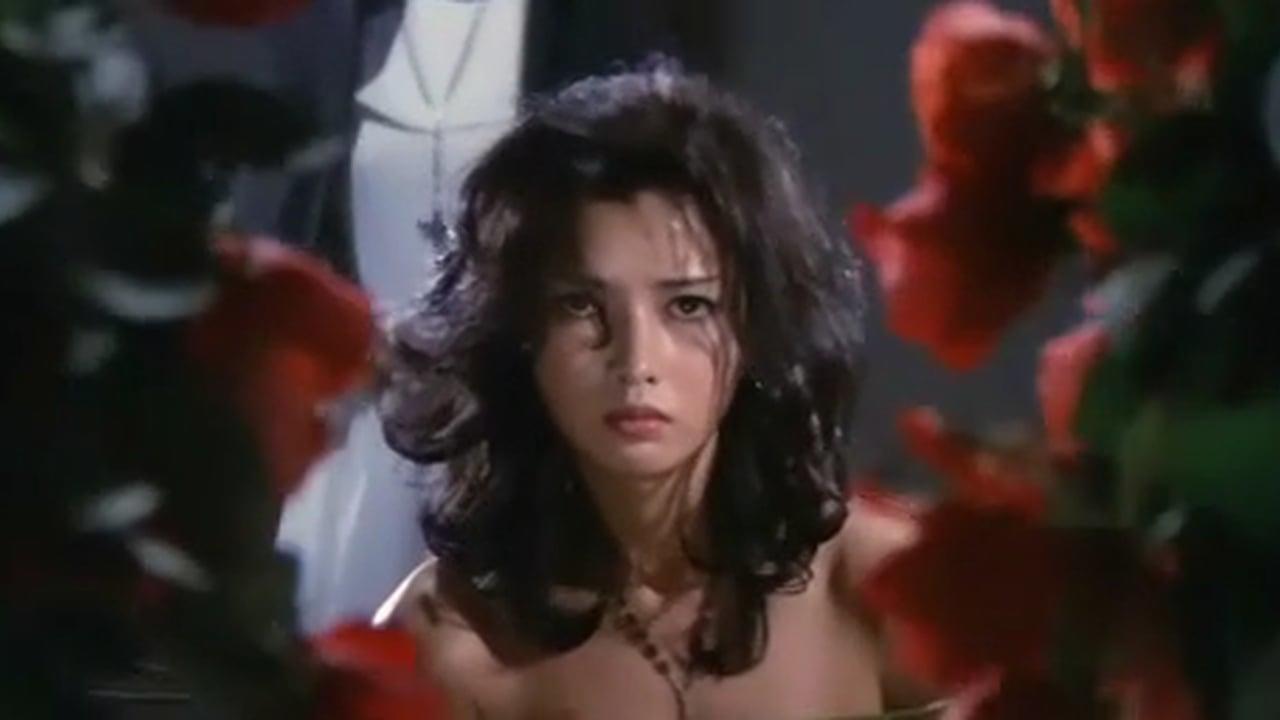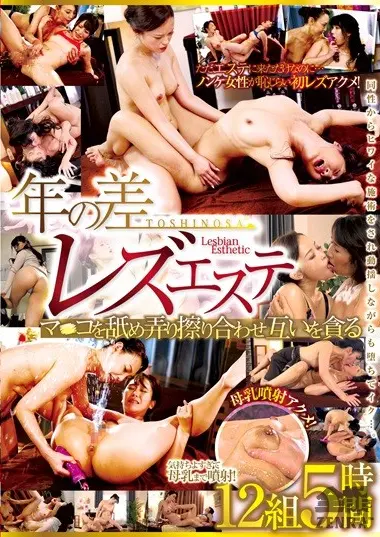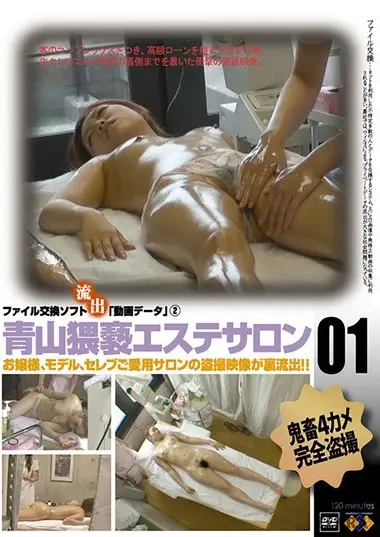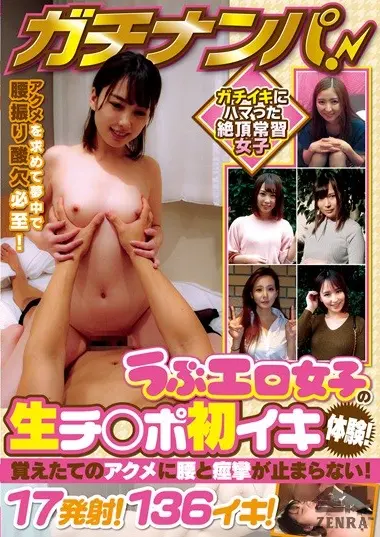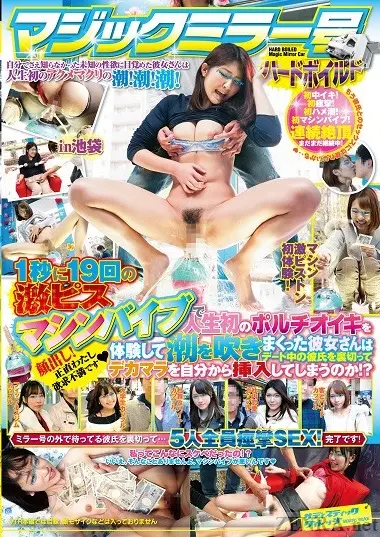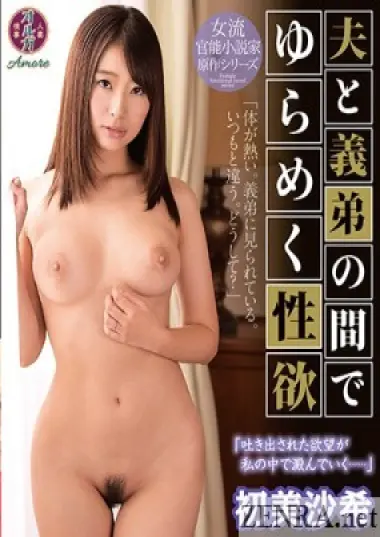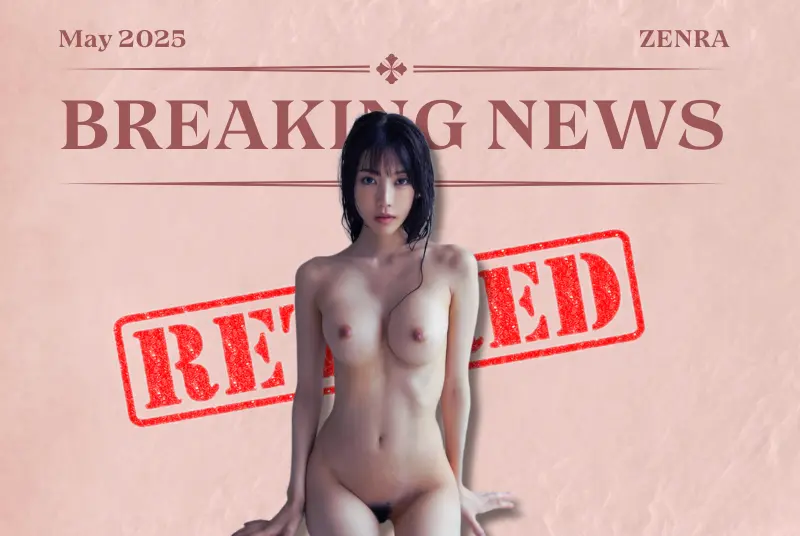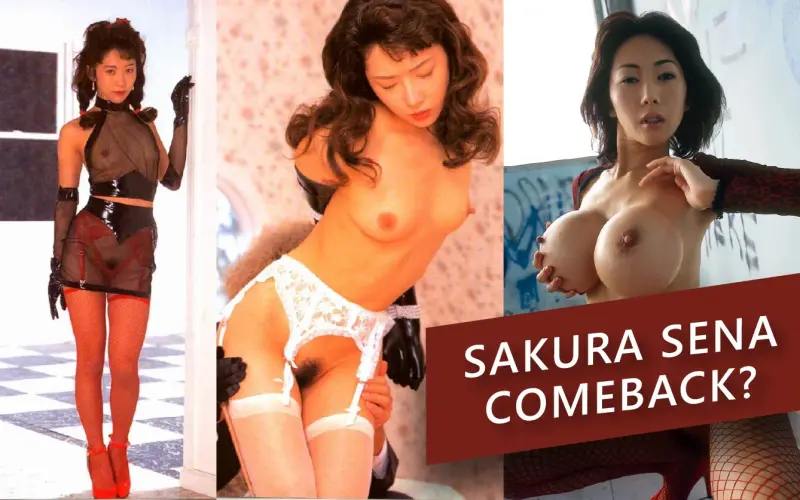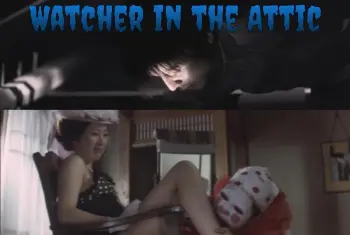Pink Film Reviews - School of the Holy Beast (1974)

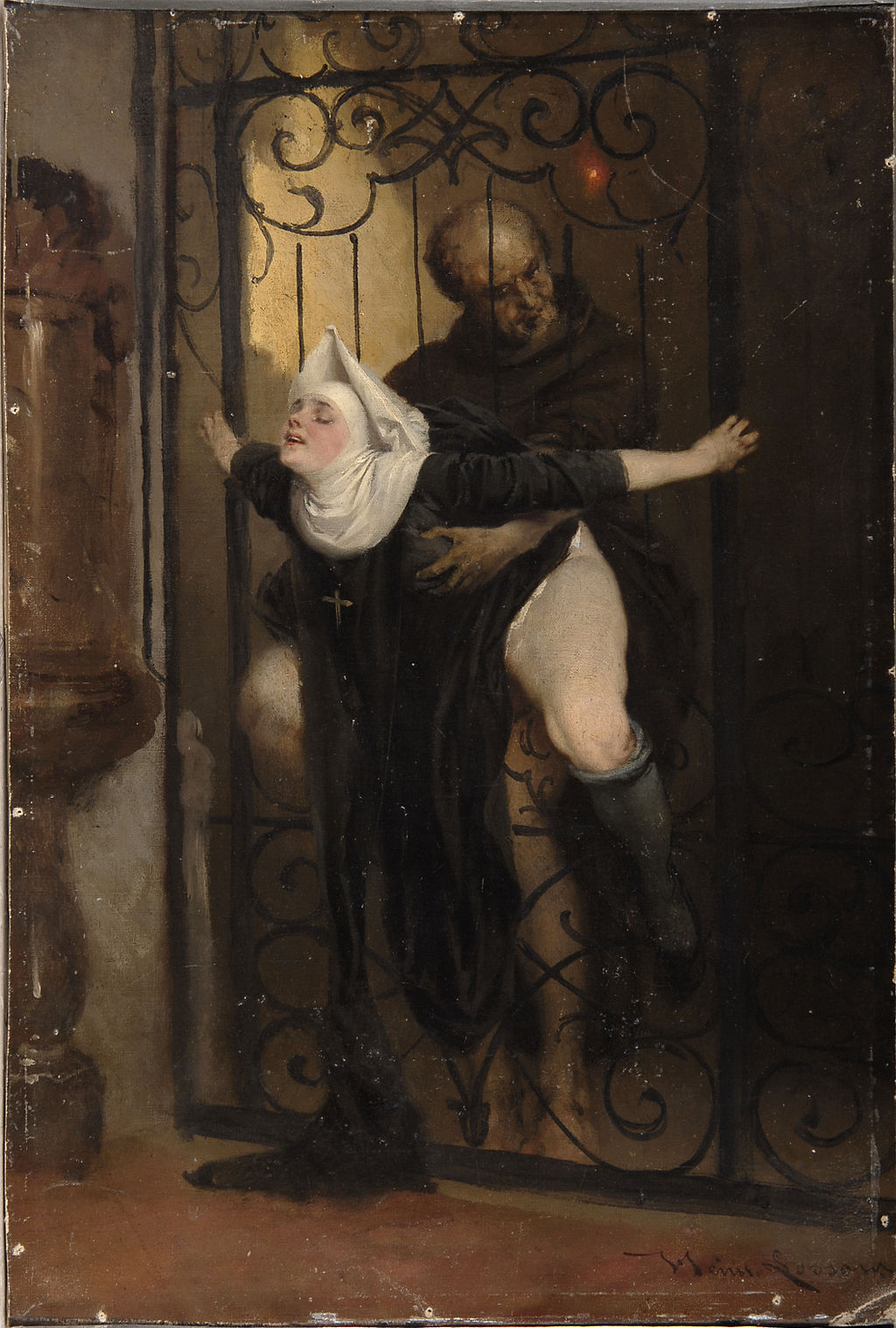 Okay, so you’ve got a nunsploitation movie. You know the drill, naughty nuns up to no good, maybe some hellfire and brimstone to spice up the imagery, and, if we’ve got the budget, Satan himself may make an appearance. You need to set the right tone for this dirty, nasty, sexy movie right from the get-go. So what do you choose to open with? What image do you use to signal viewers what they’re in store for with the rest of this film? A black mass? A nun orgy? Gothic architecture accompanied by the ominous tones of wailing waifs? Ahahahhh I died tragically? That sort of thing? Or, do you go the route of School of the Holy Beast, and open with a hockey game?
Okay, so you’ve got a nunsploitation movie. You know the drill, naughty nuns up to no good, maybe some hellfire and brimstone to spice up the imagery, and, if we’ve got the budget, Satan himself may make an appearance. You need to set the right tone for this dirty, nasty, sexy movie right from the get-go. So what do you choose to open with? What image do you use to signal viewers what they’re in store for with the rest of this film? A black mass? A nun orgy? Gothic architecture accompanied by the ominous tones of wailing waifs? Ahahahhh I died tragically? That sort of thing? Or, do you go the route of School of the Holy Beast, and open with a hockey game?
Yes, that’s right, a hockey game. And not a game where the nuns are playing hockey, mind you. Just an ordinary hockey game, followed by our protagonist, Maya Takigawa, enjoying a fun day out on the town. If you read School’s premise on Wikipedia or IMDb, you might consider this a strange way to open things. Like, I thought this was supposed to be a nunsploitation movie! With whips and chains and lesbian nuns having naughty, sexy funtimes, that kind of stuff. I myself was caught off-guard by this opening, and struggled to reconcile it with my expectations of the film at first. But after about half-an-hour in, I finally started to realize what School was going for, and I got into it.
The thing is, Japan is no stranger to pornographic satire criticizing religion. One must remember that the whole reason Japan moved its capital to Kyoto in ye olden times was because the Buddhist monks were getting too powerful in Nara, and the archetype of a lecherous monk is as prominent in Japanese media as the lecherous priest is in Western media (and real-life instances of monks abusing their power are just as hushed up, sadly). However, you may have noticed that the type of religion which Japanese religious satire focuses on is a fair bit different from Christianity, and this leads into its unorthodox (Get it, cause it’s Catholic? I… I’ll see myself out) take on the nunsploitation genre.
As Richard Chamberlain once pointed out, the driving force behind sexual fantasies involving priests and nuns is the fact that these men and women are beautiful, but unattainable. More importantly though, the authority that is keeping them unattainable is one which we are conditioned to accept, even if we don’t necessarily believe in it. Now, I don’t know the religious makeup of our readership, and I’m not going to ask. But I think I can say, without fear of contradiction, that a lot of us, even if we are not religious per se, grew up in a Christian environment, and still know some basic tenets of the faith and facts on religious orders. And, even if we grew up to become card-carrying atheists, we’ve still been conditioned to see offices like the priesthood or buildings like churches as sacrosanct on some level. How you feel about that conditioning aside, the fact is that the conditioning exists because of the environment we grew up in.
Apart from Nagasaki though, there aren’t too many environments in Japan where one could grow up Christian, and even Japanese Christianity has a distinct history and culture that sets it apart from other forms of Christianity. So to the people making School of the Holy Beast, a lot of the rites and rituals of the religion seem weirder and sillier than to someone who grew up in that faith.
As a result, the main thing that stands out to the filmmakers about nuns isn’t frightening memories of rulers or genuine atrocities committed by corrupt clergy, but the fact that… they’re kinda funny-looking, aren’t they? Like penguins, waddling around all funny-like. If you are familiar with some of the more abhorrent acts nuns got up to around the time when this story is set, you might flinch when you see the nuns in School taking in troubled youths and making them do manual labor. But if the filmmakers were aware of these crimes going on (and in fairness they probably weren’t, given how effectively the Catholic Church covered them up), they don’t seem to have taken them too seriously, presenting these scenes with the same light-hearted irreverence found in most of the film.
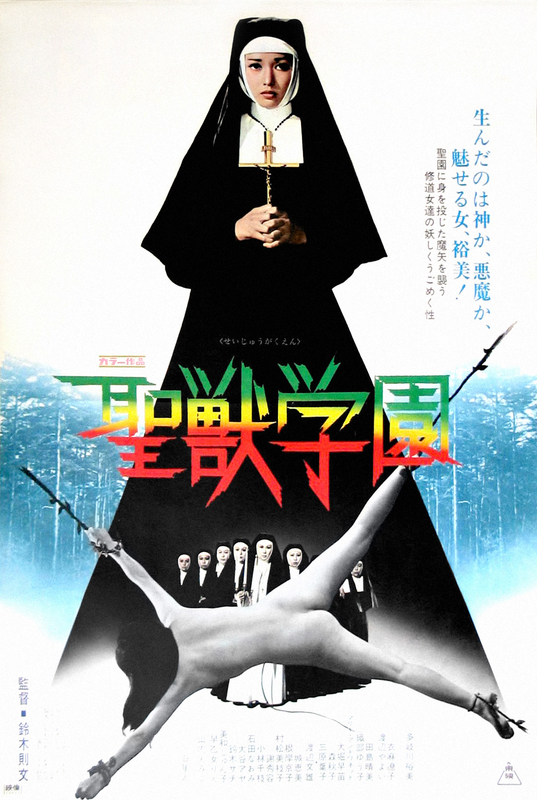 At its core, School of the Holy Beast is a wacky comedy. Sure, there’s the overarching plot, where Maya joins a nunnery to find out what happened to her mater, who had been a nun there years ago, but a lot of the runtime of School is dedicated to visual comedy. Every actress has very distinct facial features, which was a necessity, given how they spend so much time in full habits. Even when the nuns are strip-searched at one point, they keep their coifs and veils on, and even when in bed at night, they only take their veils off. Why do they do this? Simply because it looks funny. Some might say that TYP was a trendsetter for showing the inherent comedy of formally-dressed clergy engaging in mundane tasks like smoking a cigarette or playing sports. But School had Pope beat by a full forty-two years.
At its core, School of the Holy Beast is a wacky comedy. Sure, there’s the overarching plot, where Maya joins a nunnery to find out what happened to her mater, who had been a nun there years ago, but a lot of the runtime of School is dedicated to visual comedy. Every actress has very distinct facial features, which was a necessity, given how they spend so much time in full habits. Even when the nuns are strip-searched at one point, they keep their coifs and veils on, and even when in bed at night, they only take their veils off. Why do they do this? Simply because it looks funny. Some might say that TYP was a trendsetter for showing the inherent comedy of formally-dressed clergy engaging in mundane tasks like smoking a cigarette or playing sports. But School had Pope beat by a full forty-two years.
Even the naughty scenes take on a farcical tone sometimes, such as when Maya is whipped and chained by roses, or when two nuns who were caught pilfering some sausages (no, actual sausages, not the euphemism) are made to whip each other. Despite these being, on the surface, pretty frightening acts, they are presented in such a stylized and silly manner that you’re more likely to laugh than shudder. And unlike previous pink films I’ve reviewed, I’m inclined to think this silliness is intentional, given how over-the-top and bombastic the scenes are, and also given how School can easily show a genuinely titillating scene when it wants to.
Even within the limitations of Japanese censorship laws, School of the Holy Beast manages to present the best vintage lesbian love scene I’ve ever seen. Using clever camerawork to make sure you never actually see an exposed vagina, the filmmakers focus on all the other things that go into two women having sex, and as you may or may not know, other things are actually the best part of sex for women. I’ll admit, I am somewhat biased, given how I know so many lesbian love scenes in the 70s looked like The Karnstein Trilogy (i.e. utterly ridiculous), so perhaps other viewers won’t be as impressed by School’s lesbian nuns. But given the choice between a lesbian gently stroking a candlestick (what so many people think women need in order to get off) and a lesbian tenderly licking her lover’s interdigital folds (what actually works better a lot of the time), I’ll pick the latter any day of the week.
Also, just as School can get genuinely sexy when it wants to, so too can it get deadly serious. When the priest, the main villain, first shows up, I thought he was going to be yet another wacky character, like a priest from Father Ted. But then I noticed that in his presence, the soundtrack stopped, and the film began to take on the feel of a record scratching to a halt. I suddenly began to feel uneasy in the priest’s presence, as his massive frame and Rasputinian visage kept glowering at me. And when he rose to his full height, and began bellowing fire and brimstone before committing a truly heinous act, I was mortified, and genuinely fearful that I was witnessing another film like Blind Beast, which got off to a great start before a single scene wrecked things. However, like the hockey game before it, I had to wait a while before I understood the purpose of this priest.
The priest in School of the Holy Beast is a truly loathsome individual. Whenever he shows up, all comedy ceases, and the things he does over the course of the movie aren’t simply violations of his priestly vows, but abhorrent acts by any metric. And yet, this is what allows the film to give him the fate it has in store for him without accidentally making us sympathize with him.
This is important because, before the priest, the main villain is the vice-abbess, who is a strict and sexually repressed nun dedicated to making sure the other girls don’t have any fun. She is presented in a comedic manner, to the point where even when she hands down harsh punishments to the less senior nuns, we don’t really take her that seriously as a threat. Because of this, when Maki decides to get revenge on the vice-abbess by hiring some male friends of hers to sneak into her room at night and teach her a lesson, my sympathies were actually with the vice-abbess! It didn’t help that the whole thing is played off in that same wacky comedic tone as the rest of the film before it. Indeed, that actually made things worse, because now not only was School harshly punishing a villain we may have disliked but still found fun and funny, but it was trying to play this genuinely harsh and unpleasant punishment off as a joke.
By making the priest the comedy vacuum that he is though, School is able to make his punishment seem just and appropriate. And through him, while the movie has fuck all to say about religion beyond “It’s a shame nuns can’t have sex” and “Well if God is real then why do bad things happen to good people?”, it does have a fair amount to say about misogyny, which is where the choice of the nunsploitation genre finally makes sense.
Satire has always been about criticizing those in power, their hypocrisy and corruption. But one of the hallmarks of so much satire is setting itself in a time or place removed from the society it actually wants to criticize. The reason for this is simply to act as a figleaf in case the people in power one is criticizing don’t take too kindly to said criticism (like “Nooo, I’m not criticizing your regime! I’m criticizing this foreign or completely made up regime! Totally unrelated!”). And in the case of School, setting things in an institution most Japanese people would find foreign or alien allows the filmmakers to levy some pretty biting criticism at misogyny in general society.
When men in high-ranking positions of authority abuse their power, it isn’t simply a case of a lone, bad apple that must be removed, but rather an entire system designed to insulate these powerful men from repercussions. And, something Beast understands which I wish more films did, oftentimes these systems are propped up by the very same people being exploited by it. Maya quickly learns that while she can count on some women to have her back, just as many women are more than willing to protect and enable men like the priest, despite them being just as exploited by him and those like him.
In my review of Blind Beast, I compared the viewing experience of that film to watching a wonderful symphony where the conductor shits their pants midway through. With School of the Holy Beast, I think an appropriate analogy would be watching a runner trip and fall midway through a race, before getting back up and, after stumbling a bit, finishing what they started even though they won’t get first place anymore. Sure, they may have stumbled, but they had a goal in mind and kept to that goal, even if they didn’t finish cleanly. Obviously, this is very much a case of your mileage may vary, and I wouldn’t blame anyone for not having as positive an opinion as I did on School. But I think this is the first pink film I’ve reviewed that I legitimately enjoyed, and I would recommend it even with a warning about the priest and vice-abbess. Also, the best part? School’s climactic, final battle, where Maya avenges her matriarch and fallen friends, takes place on Christmas Eve and Morning. So you know what that means? School of the Holy Beast is a Christmas Movie! I’m sticking by this statement, it’s a Christmas Movie, and I hope someone out there watches it every year to get into the Holiday spirit.
Have a pink film you’d like me to review? Leave a comment down below.
Comments
By Anton Algren @ January 18th, 2023
By Panking @ February 15th, 2021
By jta @ July 25th, 2020

